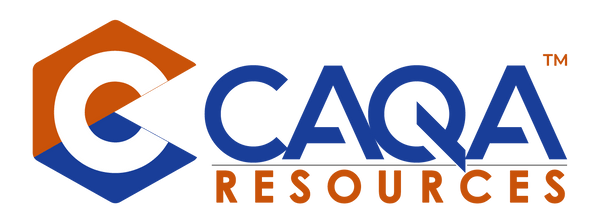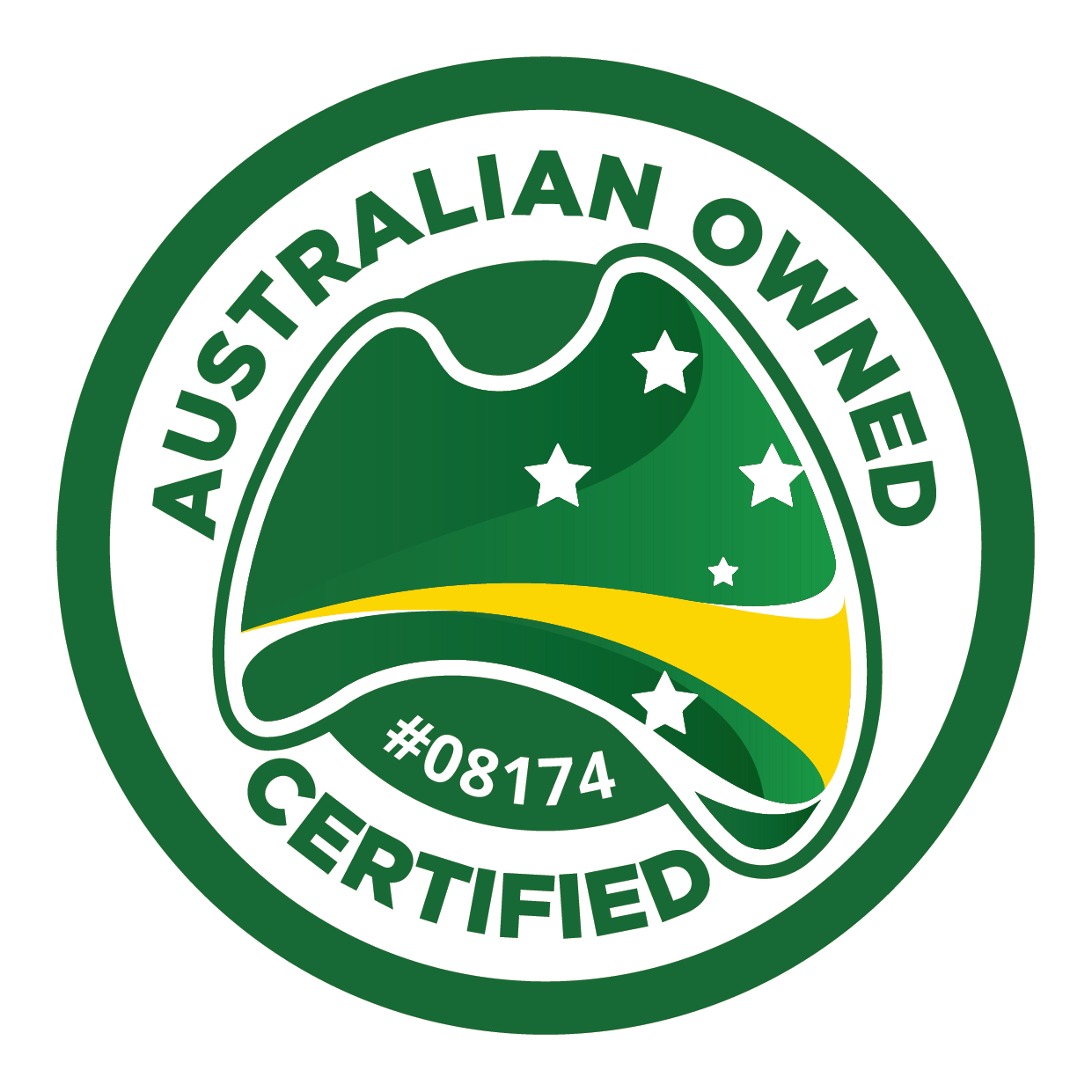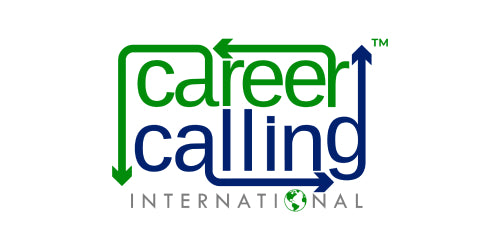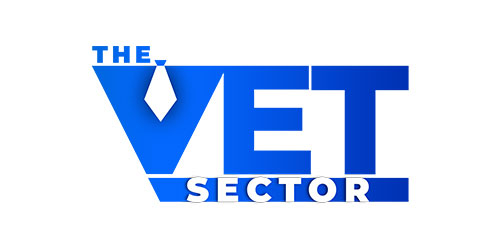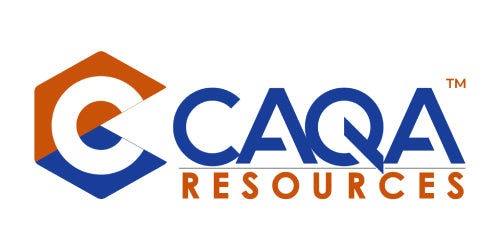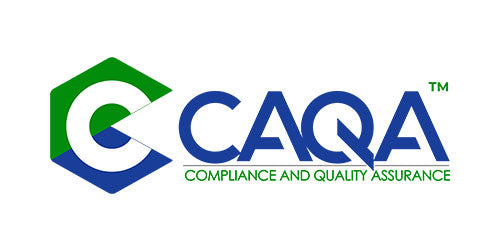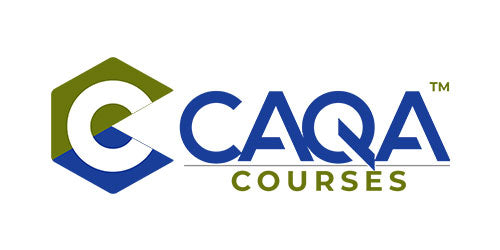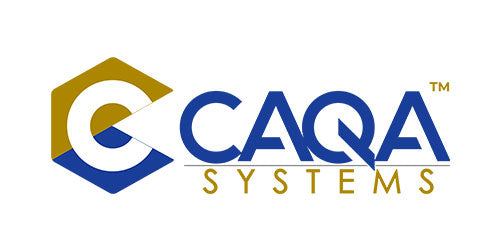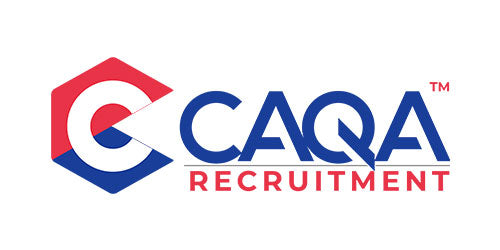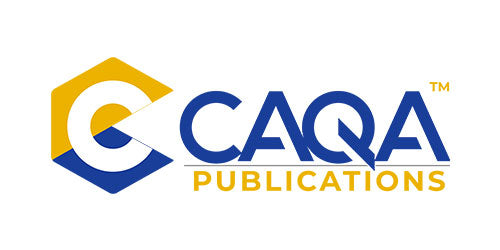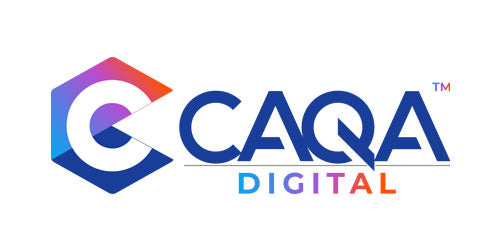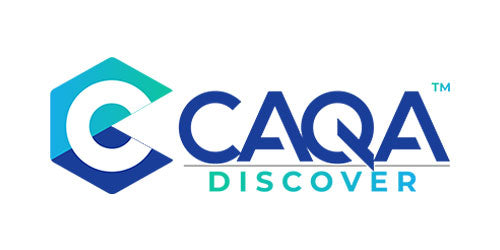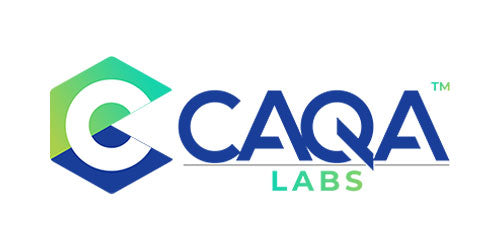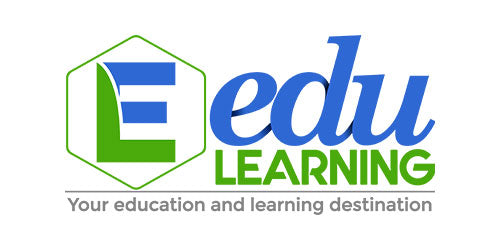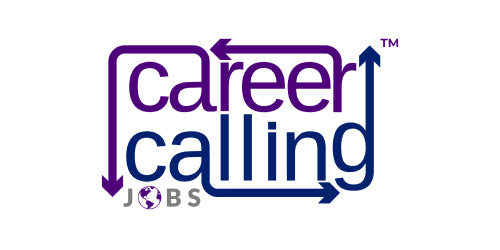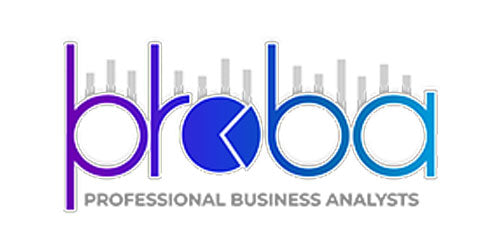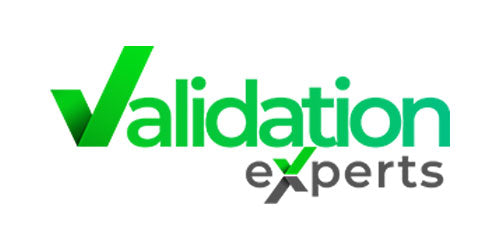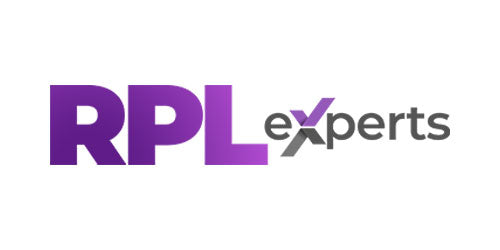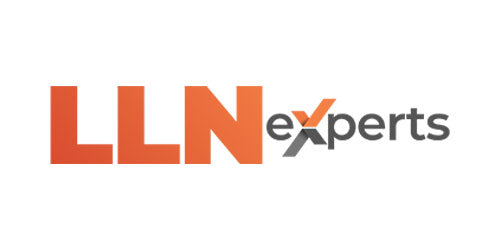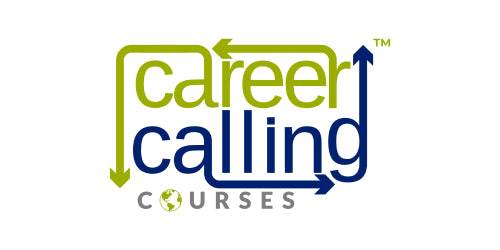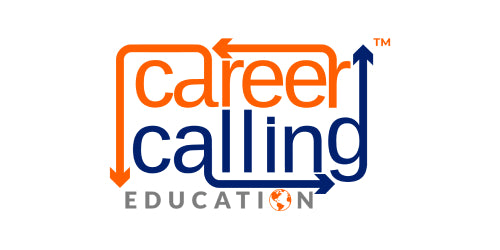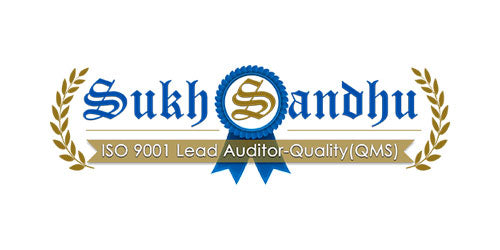The debate around the validity of traditional assessment methods in vocational education and training (VET) is indeed complex. While these methods have stood the test of time, the dynamic nature of modern vocations and the increasing focus on soft skills have led some to question whether traditional methods like examinations and essays are sufficient or even appropriate for all types of vocational training.
FAQs:
1. What is validity in the context of traditional assessment methods?
In the context of traditional assessment methods like examinations and essays, validity refers to the degree to which the assessment accurately measures what it intends to measure. For example, if an exam is designed to test a student's theoretical knowledge of automotive repair, it should not include questions about culinary arts.
2. What are the types of validity that are important in traditional assessment methods?
Three types of validity are commonly considered important:
Content Validity: This involves making sure that the questions in an assessment are representative of the domain being tested.
Criterion-Related Validity: This involves comparing the performance of examinees on the assessment to some external criterion, often a different test or real-world performance metrics.
Construct Validity: This focuses on whether the test actually measures the theoretical construct it is intended to measure, like leadership skills or problem-solving ability.
3. How is content validity determined in traditional assessment methods?
Content validity is usually determined by expert judgment. Subject matter experts review the questions to ensure they cover the breadth and depth of the domain in question. In the case of a comprehensive final exam in a VET course, for example, content validity would be achieved if the exam questions reflect all the key areas of knowledge and skills taught during the course.
4. What is criterion-related validity in traditional assessment methods?
Criterion-related validity refers to the ability of the assessment to predict some other variable that is of interest. For example, a welding certification exam should be able to accurately predict whether someone is a competent welder in a real-world situation. The exam would have high criterion-related validity if those who pass the exam also perform well in actual welding tasks on the job.
5. How is construct validity established in traditional assessment methods?
Construct validity is established through a combination of statistical analyses and expert judgments. It may involve correlating test scores with other measures believed to measure the same or similar constructs. For example, an exam that aims to assess problem-solving skills should show a high positive correlation with other validated measures of problem-solving skills.
Conclusion
In the modern VET sector, traditional methods can still be valid, but they should not be the only methods used. Employing a variety of assessment methods, possibly including practical demonstrations, role-plays, or even simulations, provides a more rounded picture of a student's abilities and skills. Each assessment method has its pros and cons, and the key is to choose the ones that are most appropriate for the specific learning outcomes you are trying to measure.
Therefore, while traditional assessment methods have their place, their validity often depends on how well they are designed and implemented in the context of specific VET programs. Following principles of fairness, validity, flexibility, and reliability will aid in this endeavour.
Suggested Read: Understanding Competency-Based Assessment and Training in VET


